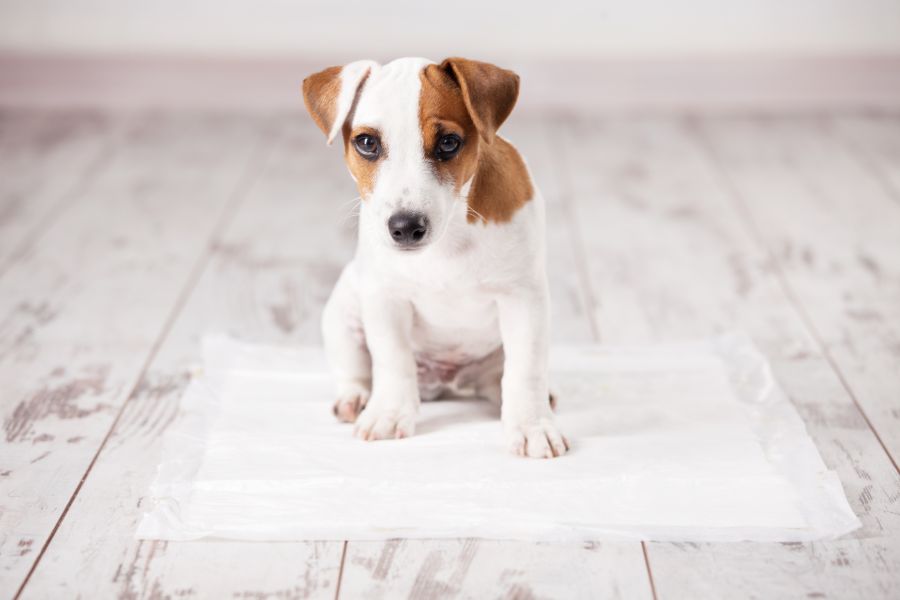
Are You Up For the Extreme Challenge of House Training Your Pet?

There’s a reason training a pet is such a big deal. For starters, training helps them behave in ways that make it easier to live together. When pets understand what is expected of them in human society, they are safer and happier and can enjoy more experiences overall.
When it comes to house training your pet, it’s essential to realize that it is a process full of roadblocks. But with the right approach, you can help your pet become a happy member of your family.
The Routine
Your success hinges on the establishment of a routine. As soon as your pet understands that certain things happen at specific times throughout the day, they will begin to anticipate events like meal times and bathroom breaks. Even if you adopt a pet that is already housetrained, they’re probably going to need a little help adapting to their new routine.
Puppies between the age of 6-14 weeks old need to go potty about 8-10 times a day. Dogs older than 6 months typically require 4-6 bathroom breaks a day. As they age, senior and geriatric dogs may need more frequent visits to the yard.
Cause & Effect
Dogs need to go to the bathroom about 5-30 minutes after they eat, drink, wake up, or come out of their crate. Knowing this, provide immediate access to the outdoors as much as you can directly following these events.
- Wake up and feed your dog at the same time every day. As soon as they finish, either leash up and go for a walk or let them out to your fenced yard.
- It can be beneficial to feed and crate a puppy in the same place, as they know instinctively not to soil their “den”.
- Supervise them closely and restrict their movements to certain parts of the house until they’re successfully trained.
Housetraining Your Pet
Instead of knowing to bark, whine, or touch the door handle when they have to go, dogs sniff around the house or go in circles. Calmly, but quickly, take them outside.
“X” Marks the Spot
Until they are accustomed to going outside by themselves, go with your dog on leash to the same area of the yard you expect them to use for their bathroom needs. Sometimes a visual marker is a helpful identifier. Vocalize that it’s time for them to go potty, right here and now. Praise them enthusiastically when they go, or give them a healthy treat immediately afterwards.
Successfully Housetraining Your Pet
Never punish or scold your pet if/when they go to the bathroom inside the house. Scare tactics simply won’t work, and they’ll likely backfire. Stay calm and neutralize the area with an enzymatic cleaner to completely remove odor. If your pet can smell their own urine or feces they’ll be more likely to go thee repeatedly.
Remove the water bowl about 1-2 hours before you go settle down for the night to reduce the chances of soiling inside. Always provide a last bathroom break before bed.
It’ll Be Okay!
Accidents are going to happen. Knowing this, housetraining your pet will likely happen sooner as you’re prepared to handle any hurdles.
If you have any questions about house training your pet, please let our staff know.
Contact Us!
2301 Columbia Pike #G-1, Arlington, VA 22204
Phone: (703) 920-5300
Fax: (703) 685-8860
Email: info@myarlingtonvet.com
Office Hours
-
Monday
8 a.m. – 8 p.m.
-
Tuesday
8 a.m. – 8 p.m.
-
Wednesday
8 a.m. – 6 p.m.
-
Thursday
8 a.m. – 6 p.m.
-
Friday
8 a.m. – 6 p.m.
-
Saturday
8 a.m. – 2 p.m.
-
Sunday
CLOSED
- Doctors’ hours are by appointment only.



